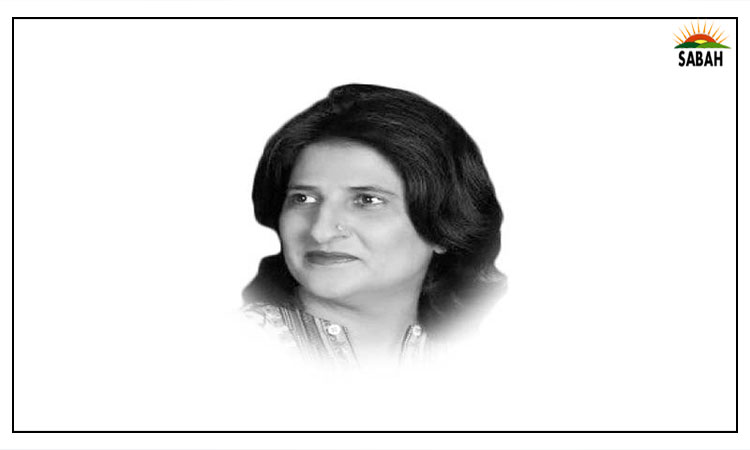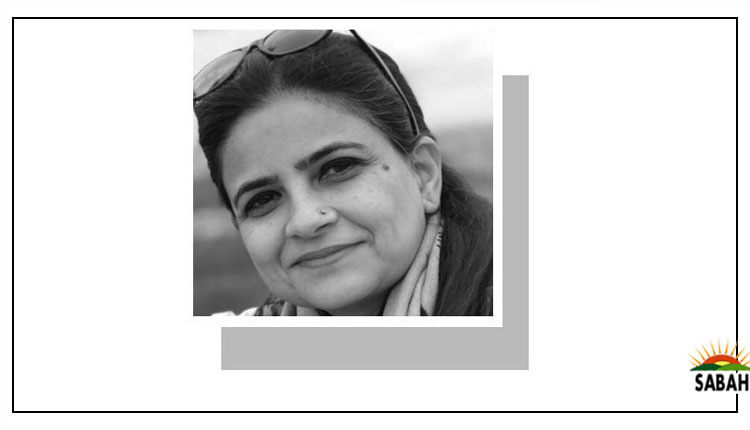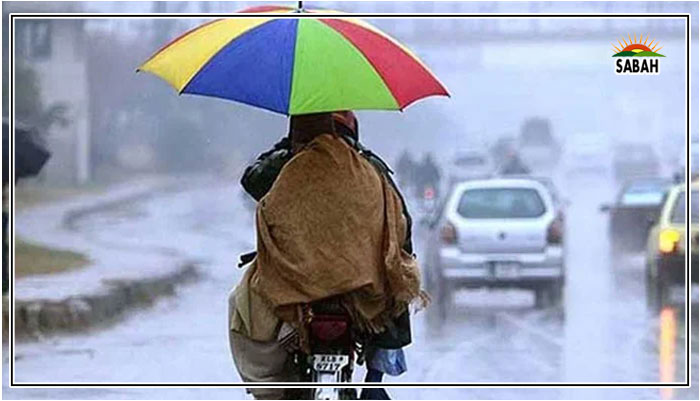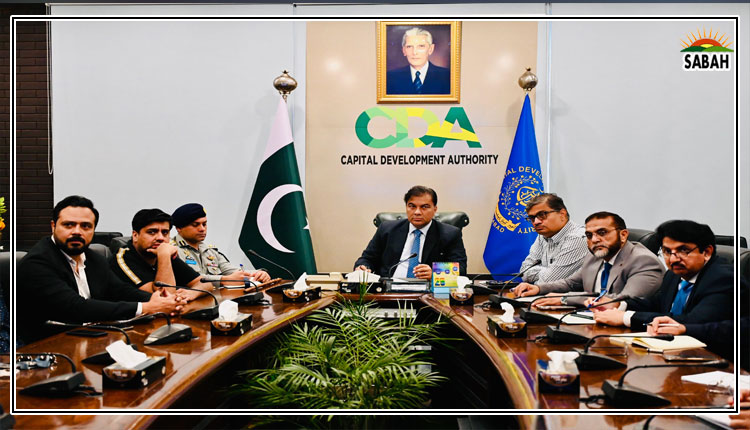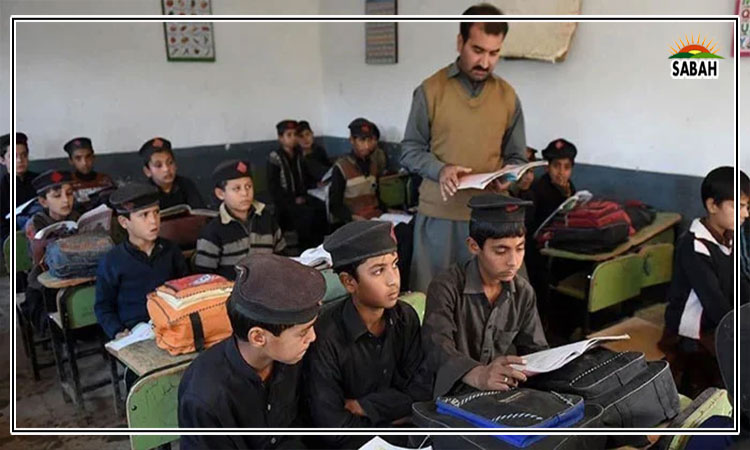The education gap …. Simra Sohail
Pakistan’s education crisis stands as a formidable barrier to the nation’s socio-economic development, casting a shadow over its aspirations for progress and prosperity.
Despite decades of policy interventions and international assistance, the country still grapples with persistent issues that undermine its educational infrastructure. The 18th Amendment introduced Article 25-A, ensuring the right to education: “The state shall provide free and compulsory education to all children of the age of five to 16 years in such manner as may be determined by law.”
Over a decade later, this constitutional promise remains unfulfilled, with declining education quality starkly evident. According to Unicef, Pakistan has the world’s second-highest number of out-of-school children (OOSC), with an estimated 22.8 million children aged 5-16 not attending school, representing 44 per cent of the total population in this age group.
In the 5-9 age group, five million children are not enrolled in schools. After primary school age, the number of OOSC doubles, with 11.4 million children between the ages of 10 and 14 not receiving formal education.
Economic challenges significantly influence Pakistan’s education crisis. Poverty is a major hurdle, with many families opting for the immediate financial benefits of child labour over the long-term advantages of education. This economic strain is compounded by the government’s inadequate investment in education.
According to the Economic Survey 2023-24, Pakistan allocates only about 1.5 per cent of its GDP to education, far below the Unesco recommended 4-6 per cent. In 2022, the government spent a mere 1.7 per cent of its GDP on education, compared to the global average of 4.4 per cent. This chronic underfunding results in a severe shortage of resources for schools, teachers, and education programmes.
Pakistan’s education crisis is also deeply intertwined with socio-cultural factors that significantly hinder educational progress. Gender disparities are pronounced, with cultural norms and practices often prioritizing boys’ education over that of girls. In some regions, girls are kept out of school due to early marriages, domestic responsibilities, or safety concerns.
According to Unesco, nearly 10.7 million boys and 8.6 million girls are enrolled at the primary level, but this number drops drastically to 3.6 million boys and 2.8 million girls at the lower secondary level. Traditional mindsets and a lack of awareness about the benefits of education contribute to low enrollment rates, perpetuating the cycle of educational neglect and socio-economic disadvantage.
The education crisis is exacerbated by stark regional disparities, creating an uneven educational landscape. Rural areas lag significantly behind urban centres in both resources and outcomes. Provinces vary in their commitment to education, leading to unequal achievements across the country. For example, Sindh and Balochistan have some of the lowest literacy rates and highest dropout rates.
According to Unicef, in Sindh, 52 per cent of the most disadvantaged children are out of school, with girls constituting 58 per cent of this figure. In Balochistan, the situation is even more dire, with 78 per cent of girls out of school. These disparities underscore the urgent need for targeted interventions and equitable resource allocation to ensure quality education for all children, regardless of their geographic location.
This education crisis also has far-reaching socio-economic repercussions, perpetuating poverty and escalating unemployment. Higher education levels are directly linked to increased income, according to the World Bank. However, the nation’s low literacy rate of 59 per cent signifies that a significant portion of the population lacks essential skills, hindering national advancement.
Gender disparities exacerbate the current crisis, with only 22 per cent of women participating in the labour force compared to 82 per cent of men, according to data from the Pakistan Labour Force Survey, 2020-21. This stark inequality not only impedes economic growth but also impacts social empowerment and community wellbeing. Addressing these educational deficiencies is imperative for Pakistan’s socio-economic stability and sustainable development.
To address Pakistan’s education crisis, a comprehensive and robust strategy is essential. The government must prioritize infrastructure development, ensuring that all schools, especially in underserved areas like Sindh and Balochistan, have reliable electricity and adequate sanitation. This requires significant investment and intergovernmental coordination, with policies mandating regular monitoring and maintenance.
Expanding classroom facilities to reduce overcrowding is crucial. Establishing standards for classroom sizes and securing funds for construction and maintenance will enhance the learning environment.
Enhancing support for both teachers and students is paramount. Reducing the teacher-student ratio through strategic recruitment, offering competitive salaries, and ensuring continuous professional development are necessary steps to deal with the crisis. Implementing policies for mandatory training and periodic evaluations will help maintain high teaching standards.
Curriculum reforms should emphasize modern subjects such as AI and robotics while shifting from rote learning to skill-based education. Regular curriculum updates and promoting practical learning experiences will prepare students for contemporary challenges.
Early childhood education (ECCE) policies must be supported and enforced across all provinces to ensure that every child has access to quality early learning. Developing a national ECCE framework with clear guidelines and standards, along with adequate funding and resources, is essential for effective implementation.
Scaling up alternative learning pathways (ALPs) to reach OOSC, particularly adolescent girls and marginalized groups, is also critical. Policies must facilitate the integration of ALP graduates into the formal education system and provide flexible learning options to meet diverse needs.
Community engagement and awareness campaigns are crucial for promoting early enrolment and parental involvement. Policies should incentivize early school enrolment through scholarships. Advocating for social protection schemes to support families in sending their children to school, including financial assistance, school meal programmes, and health services, will help alleviate economic barriers to education.
Equity and inclusion must be at the forefront of educational investments. Prioritizing budget allocations to address disparities and ensuring opportunities for disadvantaged groups are essential. Reforming assessment systems to enhance accountability and evidence-based decision-making will improve learning outcomes. Policies should mandate standardized assessments while ensuring fairness and transparency.
Finally, strategic public policy and financing are imperative. Engaging in sector planning to influence education budgeting, emphasizing equity and effectiveness, and promoting public-private partnerships will ensure sustainable funding and innovative support for education.
The writer is a freelance contributor.
Courtesy The News


